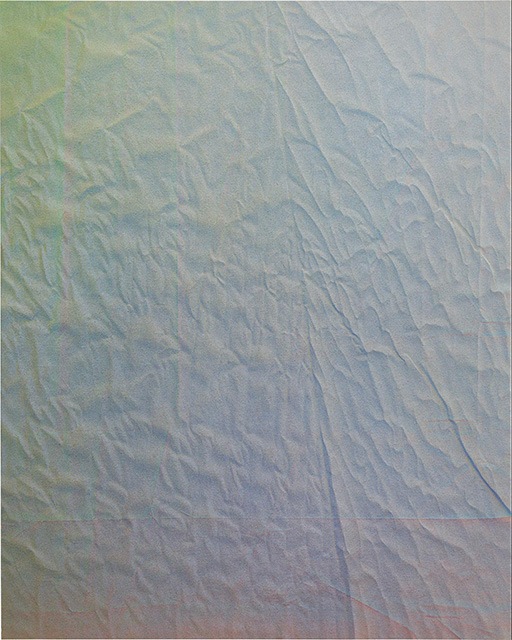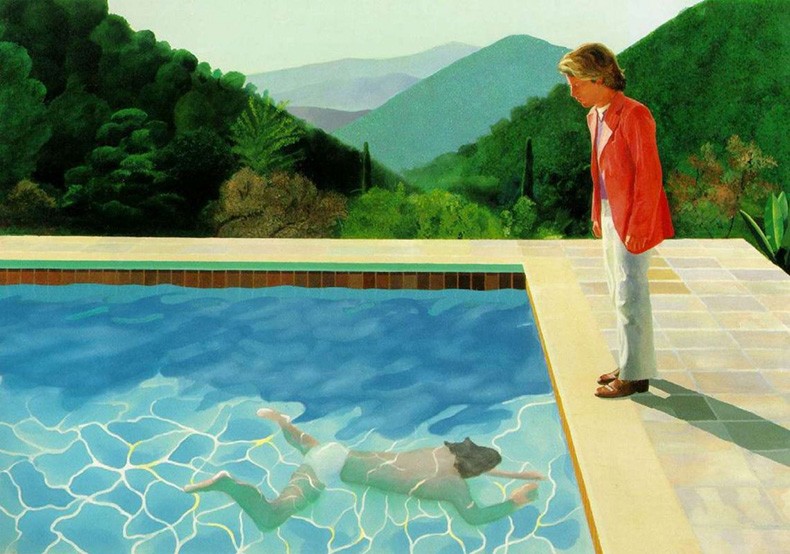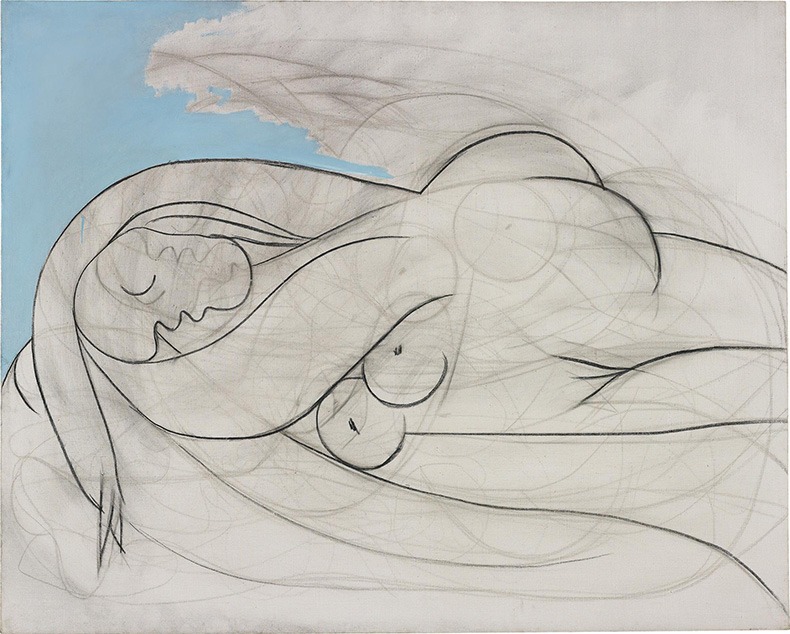
Why works of art grow and fall in price
The topic of the month of Design Mate in March is "Design as art". In the new material we focus on what determines the value of art and whether it is possible to predict increase or decrease in prices for works of a particular artist, together with the specialist of Moscow representative office of Phillips the Auctioneers Tea Kursua.
 Tea Kursuaspecialist of Moscow representative office of Phillips the Auctioneers
Tea Kursuaspecialist of Moscow representative office of Phillips the Auctioneers
Pricing, as well as the artist's career, should be formed gradually. Sharp jumps often lead to a decline – such dynamics causes distrust on the part of collectors and negatively affects the artist's career. A striking example is the history of sales of works by an American artist Tauba Auerbach. Prices for her works began to rise sharply in 2013 and in the next two years reached a record amount of $2 285.000, but in 2016 a sharp decline began. As a result, now her works appear less and less at auctions and often remain unsold. The highest auction result of works by Auerbach for 2018 - £143.750 at Sotheby's in London in March.

Tauba Auerbach, "untitled (Fold)" (2010).
Estimated cost: $1,500,000–2,000,000, sold for $2,285,000 at phillips auction.
Recently, artists have often moved onward and upward on their own, without gallery support. Sometimes it works, but in my opinion, in most cases the artist develops more effectively with a competent gallery owner. They shouldn't think about business issues and have the opportunity to immerse themselves in the creative process. In this case a gallery owner is responsible for all the exhibitions and sales, including contemporary art fairs.
WHEN THE ARTIST SWITCHES TO THE INSTITUTIONAL FIELD, IT OFTEN BECOMES AN IMPORTANT FACTOR OF PRICING.
Participation in the Biennale, museum exhibitions, becoming a part of a significant private collection or collection of the Fund is a natural way, which in most cases will lead to a gradual increase in prices for the artist's works. For example, in 2017, David Hockney had a big retrospective at Tate Britain. Dedicated to the 80th anniversary of the artist, the exhibition was later held at the Centre Pompidou in Paris and completed its tour in February 2018 in the Metropolitan in New-York. As a result, at Christie's in November 2018 Hockney set a record. The work "Portrait of an Artist (Pool with two figures)" was sold for $90 312.500 and brought David Hockney the title of the most expensive artist of the living. Two factors were important here: museum blockbuster exhibition and the age of the artist.

David Hockney "portrait of an artist (Pool with two figures)" (1972).
Sold for $90,312,500 on the auction Christie's.
A talented idea and concept always attract the attention of artists and experienced collectors. For example, at a recent charity auction in support of the "Stars of Siberia" Foundation a work of a young Austrian artist Louis Ledebour, who in his work explores the generation Y., was presented. He wrote a manifesto reflecting the problems of millennials in modern society. Two museum directors and an important Russian collector fought for his work, and the lot joined a significant collection, exceeding the upper limit of the estimate.
WORK PROVENANCE IS AMONG THE IMPORTANT FACTORS OF PRICING.
For example, "Sleeping Nude" by Picasso, pained in 1932, was kept by the artist for a long time; after his death, the painting was inherited by Picasso's widow, Jacqueline Rock, and then to her daughter. 1932 was a very fruitful year for Picasso. The work "The Dream", painted this year, is now in the collection of Steve Cohen. "Mirror" and "Nude, Green Leaves and Bust" are in the Tate Modern gallery in London on a long-term loan. All this influenced the result of the sale of the "Sleeping Nude": at the Phillips auction in London last year it was sold for £41 859.000.

Pablo Picasso "Sleeping Nude" (1932).
Estimated cost: £12,000,000– 18,000,000 sold for £41,859,000 at phillips auction.
So, here are the tips for novice collectors. Choosing a work in your collection, do not rush to buy it impulsively. At first you need to understand whether now is the right time to purchase the work of a particular artist. Ask and compare the prices of their works at fairs, auctions and galleries. Keep a wary eye on museum exhibitions, participation in the Biennale and the acquisition of their works in public collections or collections of foundations. Pay attention to the provenance and sales history of the work. Here it is important how often the work appears on the market, which exhibitions it participated in, whose collection belonged to earlier; whether it was printed in the catalogue or mentioned in the literature, whether it belongs to an important series of works by the artist. This is only a small part of the factors that influence the pricing policy for the work of modern artists.
In a world that is changing so quickly (experiencing economic leaps and, for example, the emergence of a completely new currency), it is difficult to predict the accurate dynamics of rising prices for works of art. Therefore, it is important to choose those works that are close to you in an emotional and aesthetic way, and only then to study the artist's market – there is no way to cope without the help of experts.
IN MY OPINION, THE AUCTION IS THE MOST OBJECTIVE PLATFORM FOR BUYING OR SELLING THE WORKS OF ART.
First of all, it guarantees transparency of conditions: in the catalogue and on the website of the auction house you will find all the rules for participation and conditions of purchase and sale, and the buyer always knows how much is the commission of the auction house. Secondly, unlike galleries, auctions do not promote specific artists. Only recognized artists with an already formed market or young artists, not so well-known to the general public, but which already monitored by the art community, are presented at the auction.

